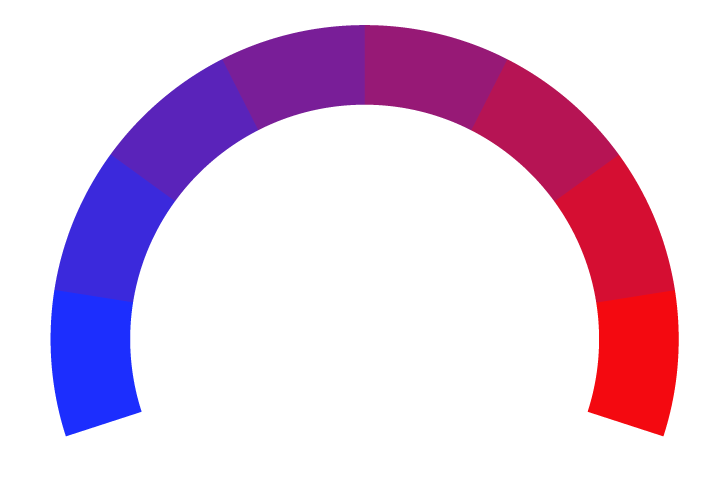What's in Trump's 'big, beautiful bill' the House aims to pass this week
- Bias Rating
- Reliability
75% ReliableGood
- Policy Leaning
18% Somewhat Right
- Politician Portrayal
-16% Negative
Continue For Free
Create your free account to see the in-depth bias analytics and more.
By creating an account, you agree to our Terms and Privacy Policy, and subscribe to email updates.
Bias Score Analysis
The A.I. bias rating includes policy and politician portrayal leanings based on the author’s tone found in the article using machine learning. Bias scores are on a scale of -100% to 100% with higher negative scores being more liberal and higher positive scores being more conservative, and 0% being neutral.
Sentiments
1% Positive
- Liberal
- Conservative
| Sentence | Sentiment | Bias |
|---|---|---|
Unlock this feature by upgrading to the Pro plan. | ||
Reliability Score Analysis
Policy Leaning Analysis
Politician Portrayal Analysis
Bias Meter
Extremely
Liberal
Very
Liberal
Moderately
Liberal
Somewhat Liberal
Center
Somewhat Conservative
Moderately
Conservative
Very
Conservative
Extremely
Conservative
-100%
Liberal
100%
Conservative

Contributing sentiments towards policy:
59% : Fiscal conservatives are pushing for more cuts ahead of the May 22 vote, while blue-state Republicans are pushing for a state and local tax deduction that may be key to their political survival.55% : It would pull back unspent money for several grant and loan programs at the Energy Department and Environmental Protection Agency, delay methane fees for oil and gas companies, repeal additional rules encouraging the adoption of electric vehicles, and accelerate permitting for fossil fuel projects.
55% : Private school vouchers The bill would allow the federal government to spend $5 billion per year for the next four years on vouchers that could be used to subsidize education outside of public schools.
54% : Workers could claim the tax deduction through 2028.
50% : The Republican plan would implement new work requirements for people ages 55 to 64, require states to provide more funding for the program for the first time, limit SNAP eligibility to citizens and lawful permanent residents - and prevent future presidential administrations from increasing benefits without Congressional approval. $2 trillion in tax breaks Republicans want to make permanent the 2017 Tax Cuts and Jobs Act, a bill passed during Trump's first term that lowered taxes for all income brackets but disproportionately benefitted the highest earners.
50% : Parents, other relatives and non-profits could contribute $5,000 annually to the account tax free until the child is 18, when a portion of the funds can be used for higher education, training programs, buying a home or starting a small business until age 30, when the funds would become unrestricted. More SALT State and local tax deductions, also known as SALT, allows people to write off a portion of their local taxes from what they owe the federal government.
47% : Changes could push 7.6 million off Medicaid Medicaid, the program that provides health insurance to more than 71 million low-income Americans, would undergo big changes if the bill remains as is. House Republicans have proposed changes that would save at least $625 billion and cause 7.6 million Americans to lose their health insurance over the next 10 years, according to initial estimates by the nonpartisan Congressional Budget Office.
46% : The proposal would also bar Medicaid from funding services at clinics that also perform abortions, such as Planned Parenthood, and discourages states from using their own funds to provide Medicaid coverage to undocumented children.
44% : The current proposal includes $20 billion that would go, in part, to creating a "Golden Dome" missile defense system that Trump has promoted.
*Our bias meter rating uses data science including sentiment analysis, machine learning and our proprietary algorithm for determining biases in news articles. Bias scores are on a scale of -100% to 100% with higher negative scores being more liberal and higher positive scores being more conservative, and 0% being neutral. The rating is an independent analysis and is not affiliated nor sponsored by the news source or any other organization.






















 USA Today
USA Today